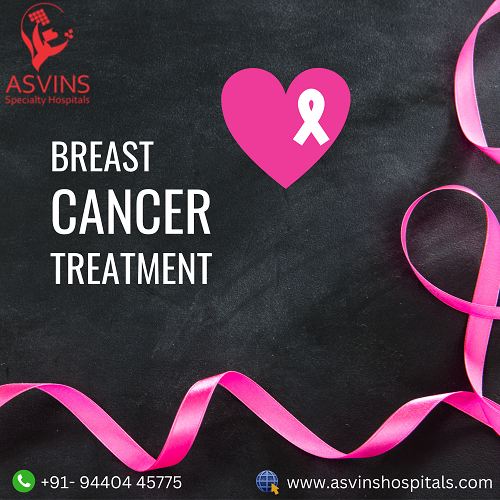Breast cancer, a disease that affects both women and men, requires comprehensive treatment strategies to manage and potentially cure the condition. The choice of treatment depends on the cancer’s type, stage, and individual patient factors. Here, we explore the various treatment options available for breast cancer.
Surgery: Surgical removal of the tumor is a common first step. Depending on the extent, either a lumpectomy (removal of the tumor) or a mastectomy (removal of the whole breast) may be recommended.
Radiation Therapy: This treatment involves targeted high-energy rays to destroy cancer cells. Radiation Therapy is used after surgery to eliminate the remaining cancer cells.
Chemotherapy: Chemotherapy uses drugs to kill or to reduce the growth of cancer cells. It may be administered before surgery to shrink tumors, after surgery to prevent recurrence, or as a primary treatment for advanced stages.
Hormone Therapy: Hormone receptor-positive breast cancers can be treated with drugs that block hormones like estrogen or progesterone, which fuel their growth.
Targeted Therapy: Some breast cancer cells have specific genetic mutations. Targeted therapies focus on these mutations, such as HER2-positive breast cancer treated with drugs like Herceptin.
Immunotherapy: Emerging as a promising treatment, immunotherapy helps the immune system recognize and fight cancer cells.
Clinical Trials: Participation in clinical trials gives access to innovative treatments and therapies.
Supportive Care: Complementary therapies, counseling, and support groups can aid in managing side effects and emotional well-being during treatment.
Breast cancer treatment plans are highly individualized, and patients work closely with healthcare teams to determine the best approach. Early detection, timely treatment, and ongoing care are essential in the fight against breast cancer.

